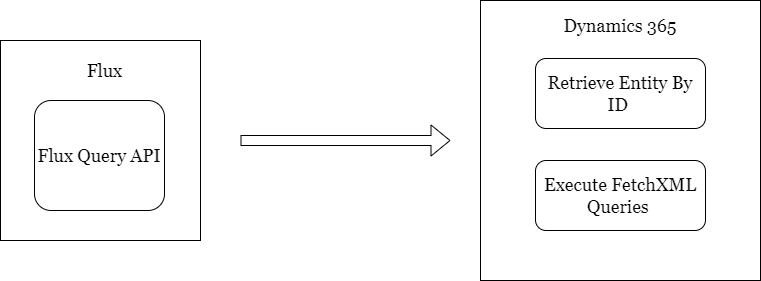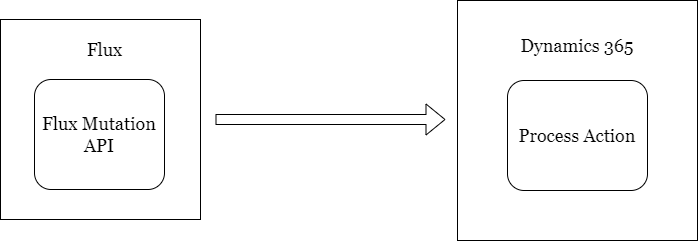GraphQL and the Flux Api
What is GraphQL ?
GraphQL is an open-source data query and manipulation language designed for APIs. It offers precise control over data retrieval, allowing you to fetch exactly what's needed. Beyond just querying, GraphQL also supports modifying data, known as "mutations." By using a type system, it ensures consistent and structured interactions with your data. For a more in-depth exploration of GraphQL, visit the GraphQL Offical Website.
Flux Query API
Imagine you're navigating a vast digital library. You have two efficient tools at your disposal: one that instantly fetches information using its unique ID, and another that sources data based on specific criteria. The Flux Query API embodies these tools within Dynamics 365.
It taps into Dynamics 365's features to either retrieve data using a unique entity ID or to gather broader data sets via FetchXml queries. Importantly, when you ask Flux to generate an API and specify the type as GraphQL, it crafts the Flux Query API — an optimized, scenario-tailored conduit for data retrieval.

Flux Mutation API
Imagine you're back in that vast library. This time, you're not just retrieving books; you're also cataloging new ones, repairing damaged ones, or even reorganizing entire sections. Dynamics 365 provides the basic tools, much like a librarian's toolkit, for these tasks, known as CRUD operations. They allow for creating, updating, and deleting data entries.
However, deeper in the library, there are more intricate tasks that require specialized instructions. Think of these as special workflows where a rare book's details are catalogued with additional notes, or when a damaged book is repaired and its repair history is documented. In Dynamics 365, such nuanced tasks are handled by workflows.

A Process Action acts like a special request form: it can accept specific instructions (optional input arguments), initiate the appropriate workflow, and once complete, provide feedback or results (returning one or more output arguments). Recognizing the potential of these workflows and Process Actions, Flux crafts API endpoints to harness this capability. When you ask Flux to generate an API and specify the type as GraphQL for these advanced tasks, it produces the Flux Mutation API — an optimized, scenario-tailored conduit for intricate data operations in Dynamics 365.
What's Next
Having explored the capabilities of GraphQL in accessing and manipulating data with the Flux Query and Mutation APIs, our journey doesn't end here. As versatile as the GraphQL approach is, there's another powerful methodology we haven't touched upon yet: REST. In the upcoming section, we will dive deeper into the REST approach, unraveling how Flux leverages it to offer yet another dimension of data interaction with Dynamics 365.